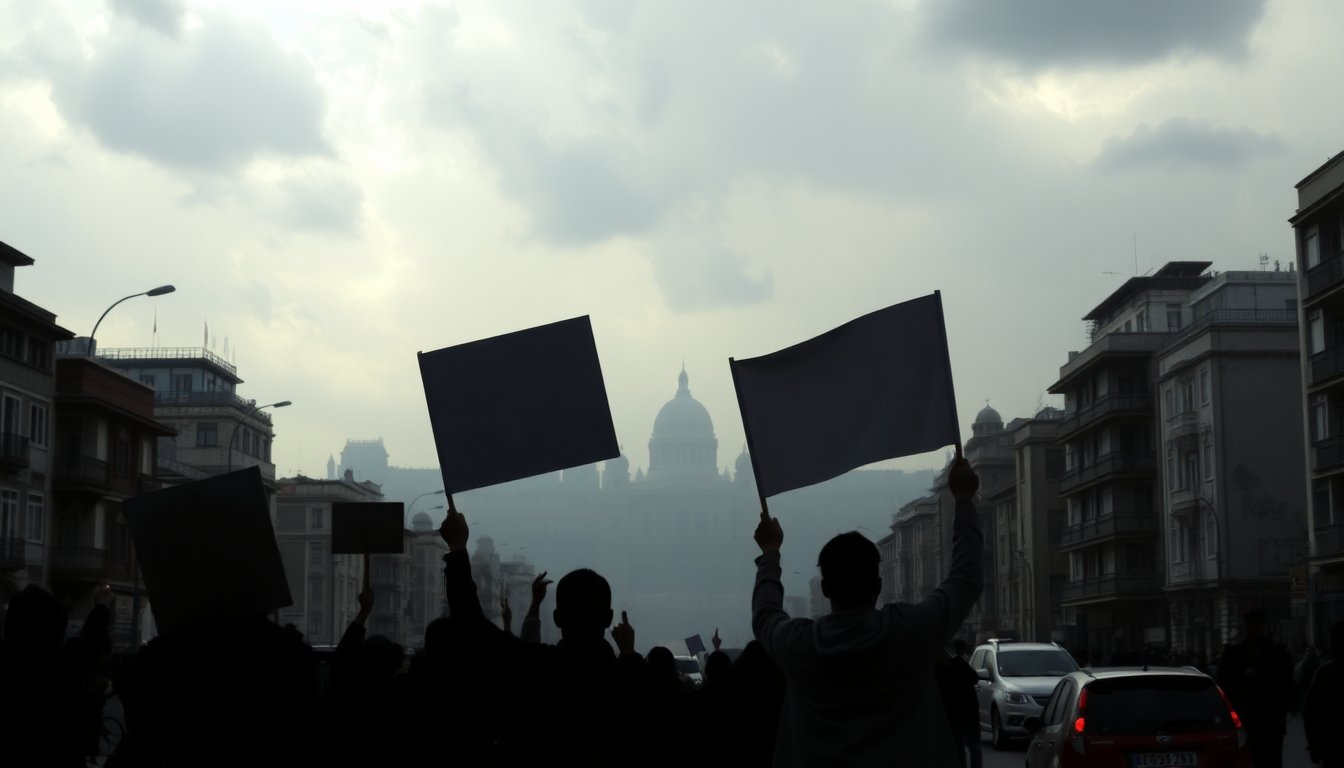Table of Contents
The recent execution of Mehran Bahramian in Iran has garnered significant attention, highlighting the severe consequences faced by individuals involved in protests against the government. This incident not only marks a grim milestone in a series of executions linked to the nationwide demonstrations of 2022 but also underscores the broader implications for human rights and civil liberties in the country. Understanding the circumstances surrounding these events is essential for grasping the current socio-political climate in Iran.
The Context of the Protests
The protests that erupted in Iran in 2022 were ignited by the tragic death of Mahsa Amini, a 22-year-old Kurdish woman who died in police custody. Her arrest was reportedly due to allegations of violating the country’s stringent dress code. This incident resonated deeply within Iranian society, sparking widespread outrage and mobilizing citizens across various demographics. The demonstrations quickly evolved into a broader movement against systemic oppression, human rights violations, and the authoritarian nature of the Iranian government.
In response to the protests, Iranian authorities intensified their crackdown, deploying security forces to suppress dissent. This led to violent confrontations, resulting in numerous casualties among both protesters and security personnel. The unrest raised international alarm regarding the government’s tactics to maintain control, including the use of lethal force against demonstrators.
The Execution of Mehran Bahramian
According to the judiciary’s official news agency, the execution of Mehran Bahramian was carried out following his conviction for his involvement in a deadly attack on security forces during the protests. Reports indicate that Bahramian opened fire on a security vehicle, resulting in the death of an officer and injuries to others. His execution marks the twelfth known case of individuals put to death in connection with the protests, as reported by human rights monitors.
The Iranian Supreme Court confirmed the death sentence, further emphasizing the state’s resolve to deter any form of dissent through severe punitive measures. This execution serves as a chilling warning to potential protesters and raises critical questions about the rule of law and the judicial process in Iran.
International Reactions and Human Rights Concerns
The international community has reacted strongly to the execution of Bahramian and the broader context of state-sanctioned violence against protesters. Human rights organizations have condemned the Iranian government’s actions, labeling them as gross violations of international human rights standards. The executions are seen as part of a systematic effort to stifle dissent and silence opposition voices, leading to calls for increased scrutiny and pressure on the Iranian regime.
Moreover, these events have sparked discussions about the need for accountability and reform within the Iranian judicial system. Advocates for human rights argue that the use of capital punishment in such politically charged contexts undermines justice and exacerbates the cycle of violence and repression. The ongoing situation in Iran illustrates a critical juncture for civil rights, where the demand for justice clashes with a regime unwilling to concede power or acknowledge its failings.
Conclusion: The Road Ahead for Iran
As Iran grapples with the aftermath of these executions and the continuing unrest, the path forward remains uncertain. The government’s repressive tactics may temporarily quell dissent, but they also risk further alienating the populace and provoking even greater unrest. The international community’s response will play a crucial role in shaping the future of human rights in Iran, as pressure mounts for accountability and reform. Ultimately, the fate of civil liberties in the country will hinge on the resilience of its citizens and their unwavering demand for justice and dignity.


